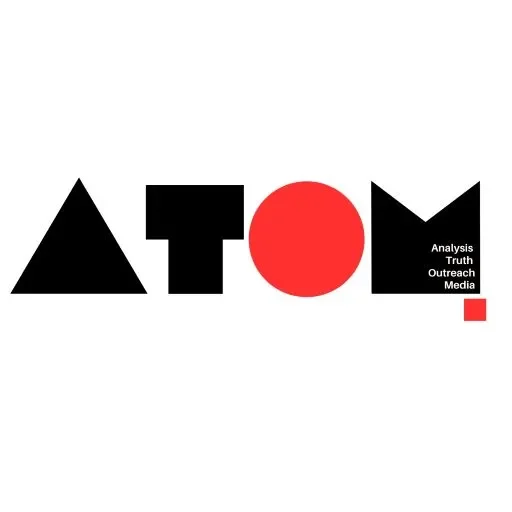Gender Gaps in STEM: Implications for Innovation and Society
The disparity in STEM participation between men and women has far-reaching consequences for innovation, product development, and societal progress. According to a report by the World Bank Group, women represent a mere 26% of workers in data and artificial intelligence, 15% in engineering, and only 12% in cloud computing across the top 20 economies. This underrepresentation not only limits opportunities for women but also hampers the diversity of perspectives essential for driving innovation and addressing global challenges effectively.
Addressing Historical Imbalances: From Pioneers to Underrepresentation
The historical contributions of women to computing and technology are undeniable, yet the transition to a male-dominated field has led to underrepresentation and systemic barriers for women in STEM. Despite pioneering achievements during WWII and early computing eras, women’s participation in technology has declined over the years, with half of women leaving tech roles by the age of 35. This trend underscores the urgent need to dismantle gender biases and create inclusive environments that foster women’s participation and leadership in STEM.
The Business Case for Diversity: Driving Innovation and Profitability
Diversity is not just a moral imperative; it’s a strategic business advantage. Research indicates that companies with gender-diverse executive teams are 39% more likely to experience above-average profitability. Embracing diversity in STEM fosters creativity, enhances problem-solving capabilities, and drives breakthrough innovations. Moreover, organizations that prioritize diversity and inclusion attract top talent and gain a competitive edge in today’s dynamic marketplace.
Closing the Gender Gap: Challenges and Opportunities in India
Despite progress in certain areas, India continues to grapple with significant gender disparities, particularly in STEM fields. With only 29% of the STEM workforce comprising women and a wide gender pay gap, the need for concerted efforts to close the gender gap is paramount. Encouraging young girls to pursue STEM subjects, providing mentorship opportunities, and fostering a supportive ecosystem are essential steps towards creating a more equitable and inclusive society.
Role Modeling and Mentorship: Empowering the Next Generation
Role models play a crucial role in inspiring and empowering young girls to pursue careers in STEM. By showcasing diverse female talent and leadership across various STEM disciplines, we can challenge stereotypes, break down barriers, and pave the way for future generations of women in STEM. Mentorship programs, career guidance initiatives, and educational outreach efforts are instrumental in nurturing girls’ interest in STEM and equipping them with the skills and confidence to thrive in these fields.
Conclusion:
Encouraging young girls in STEM education is not just a moral imperative; it’s a strategic imperative for unlocking the full potential of societies and driving sustainable progress in a rapidly evolving world. By fostering diversity, promoting inclusivity, and providing equal opportunities for all, we can create a future where every individual, regardless of gender, has the opportunity to contribute meaningfully to innovation, economic growth, and societal development.
Read more: Marketing News, Advertising News, PR and Finance News, Digital News





